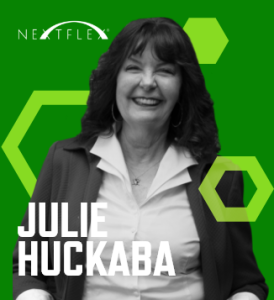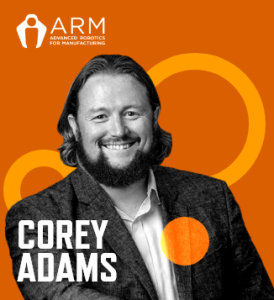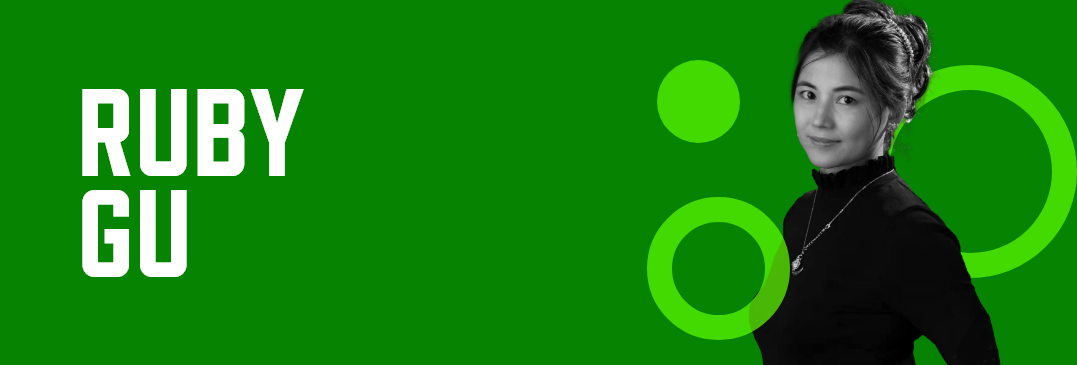
Inventor, Professor, Designer
Dr. Guiru Gu, who goes by Ruby, has a career at the intersection of optoelectronics, innovation, and training the next generation. She earned her Ph.D. in Electrical Engineering from the University of Massachusetts Lowell in 2013, after completing a Master’s in Applied Physics from the University of Massachusetts Boston. Throughout her academic training, she built a strong foundation in experimental research, simulation, and programming, with a particular focus on quantum-based optoelectronic devices.
During her studies, Ruby gained extensive hands-on experience in clean room microelectronics fabrication and nanomanufacturing processes. She became highly proficient in simulation tools and programming, particularly in MATLAB and CST Microwave Studio, and applied this knowledge to real-world research. After earning her doctorate, she stayed on at UMass Lowell as a postdoctoral research associate, where she led a research group and began teaching both undergraduate and graduate engineering courses.
In 2015, Ruby joined Stonehill College, an AIM Photonics member, as an Assistant Professor of Physics. Her teaching spans engineering, physics, and photonics, and her research continues to focus on cutting-edge areas like quantum dot detectors, plasmonics, optical antennas, and nano-scale devices. She currently holds seven patents, a reflection of her innovative contributions to the field.
Ruby is also a driving force in Photonics and Nano device workforce development. She partnered with colleague Cheryl Schnitzer, MIT, and Bridgewater State University (BSU) to launch a technician training program in integrated photonics, securing a major grant for funding to get it off the ground. Ruby led the design of the curriculum, recruited industry partners, and advocated tirelessly to bring technician training into a four-year college setting. The result is a thriving, ongoing program that prepares students for the growing demands of the photonics industry—driven by Ruby’s vision, persistence, and belief in the power of education. For her leadership in training programs and work in advancing optoelectronics, Ruby Gu is a Modern Maker.
Q&A with Ruby
How did you find your way to working in advanced manufacturing?
I was fascinated by colorful light when I was young. In high school, I was amazed the first time I saw a green laser and grew curious about how it worked. I have worked in a laser company for over a year. During my Ph.D., I finally had the chance to make semiconductor lasers, photodetectors, and integrated photonics circuits using modern cleanroom microelectronics manufacturing technology. I really enjoy semiconductor and integrated photonics manufacturing technology and would like to train students in these manufacturing techniques. For younger audiences, imagine upgrading coaxial cables to light-speed optical fiber connections or replacing a roomful of equipment with a tiny integrated photonic chip, for applications ranging from phones to spaceships.
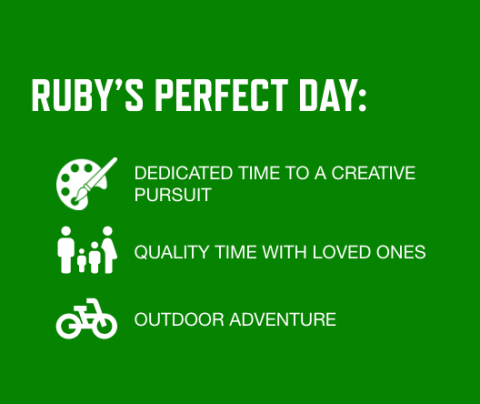
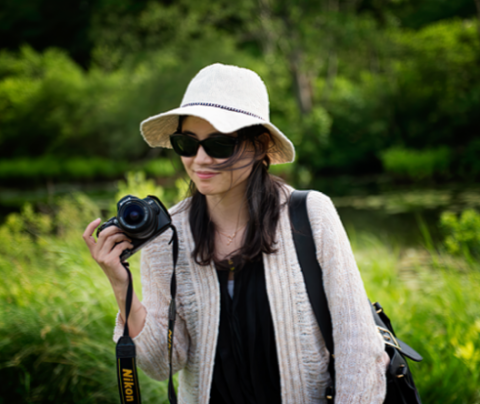
What is the most challenging part of your job?
Training students with hands-on skills is essential. However, providing such training is challenging due to the need for state-of-the-art manufacturing and testing equipment, which is expensive and time-consuming to acquire and set up.
What would people be surprised to learn about manufacturing or your role in manufacturing?
People might be surprised to learn that manufacturing, especially in cutting-edge fields like integrated photonics, isn’t about big, noisy factories—it’s more like a high-tech science lab where tiny photonic circuit chips are made. My role isn’t just teaching from a textbook; I train students so they can participate in innovation and figure out how to make photonic chips smaller, faster, and cheaper using tools like cleanrooms that look straight out of a sci-fi movie.
What advice do you have for someone new to the industry or considering manufacturing as a career?
For manufacturing in integrated photonics, hands-on experience is essential. My advice is to fabricate devices in a cleanroom, conduct experimental tests, and gain hands-on experience in labs.
What makes you excited to go to work?
I enjoy meeting students, teaching them about manufacturing, and collaborating with them on innovations. I like working with students. It’s truly rewarding to see their successes
If you didn’t have to work, how would you spend your day?
- Outdoor Adventure: Spending time in nature, such as hiking in the mountains, biking along a scenic trail, or having a picnic in a park. Fresh air and beautiful views can be invigorating.
- Quality Time with Loved Ones: Engaging in meaningful conversations or fun activities with family or friends, playing games, cooking a meal together, or simply enjoying a movie night.
- Creative Pursuit: Dedicating time to a hobby or creative activity, such as painting, planting, photography, or dancing. This can be a great way to express oneself and unwind.
What are the three most important skills for your job?

Effective Communication: The ability to convey complex concepts clearly and engagingly, whether in lectures, discussions, or written materials, is crucial for ensuring students understand the subject matter.
Critical Thinking and Analytical Skills: A lot of times, we as professors need to effectively evaluate research, formulate hypotheses, and teach students how to think critically about various topics, fostering a deeper understanding of the material.
Adaptability and Continuous Learning: The educational landscape is always evolving, and being able to adapt teaching methods, stay updated on developments in my field, and integrate new technologies into classroom teaching is essential for providing a relevant education.
What hobbies make you better at your career?
Reading, design, photography, and drawing
How does the work you do impact the world?
The work contributes to building tiny, high-performance, efficient integrated photonics chips, making everything from smartphones to satellites faster, more cost-effective, and energy efficient.


